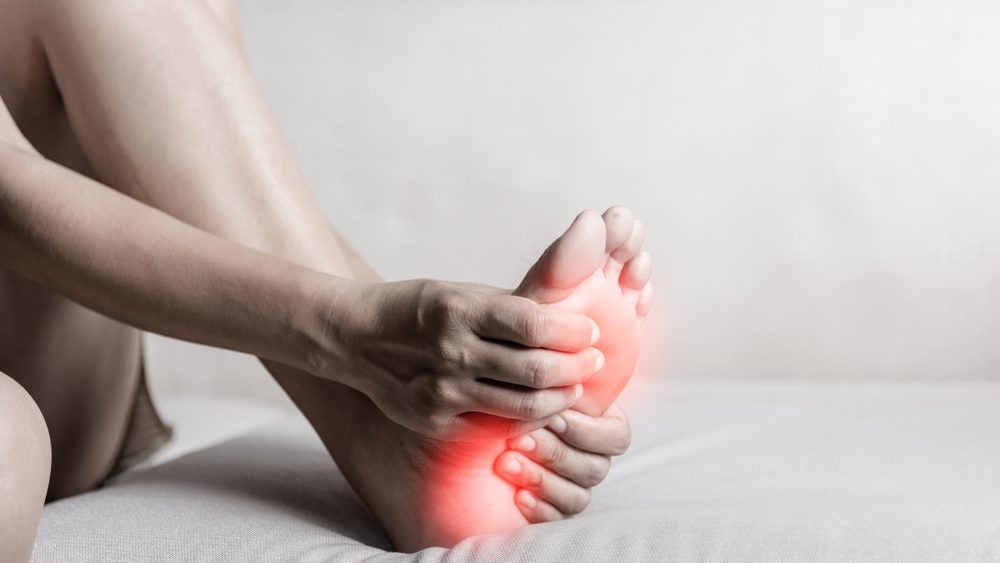
Reports suggest that disposable income has risen the most for the top 10% of earners in recent decades. Poorer families have benefited much less from the wider economic growth in most countries. In addition, middle and low incomes were barely higher or less in many countries in 2016 than what they were ten years prior.
Adam Tooze
Adam Tooze, a historian and Director of the European Institute, shared an Organisation for Economic Co-operation and Development (OECD) Economics data that found striking results with respect to high-income economies’ strategies and policies to mitigate inequality. For instance, Adam Tooze tweeted that although Germany was significantly less unequal to the US after taxes and benefits, the country was not more socially mobile as measured by father and son’s incomes. In fact, the UK was much better.
The OECD report further highlighted that Americans born into low-income families are more likely to remain at the bottom on the income ladder than their European counterparts. Additionally, the data found that US children born in the early 1980s were less likely to earn more than their parents did at the age of 30.
The report also noted how escaping the economic divide has become near to impossible, and how poor policies have left millions vulnerable due the Covid-19 pandemic. Consequently, the wider economic gains disproportionately benefit the wealthier classes.
The Gini coefficient that measures income distribution across population segments found the US to be the most unequal high-income economy in the world. The disparities in income reflect a surge in income among the rich population segments, compared to a slow or even falling incomes among the poorer sections. Meanwhile, the middle class has shrunk across the US, Germany, Canada, and Sweden.
Germany is significantly less unequal than the US (after taxes and benefits). But it is NOT more socially mobile as measured by father and son’s incomes. UK far more mobile! Very striking data from @OECDeconomy https://t.co/nwwjESMfdN pic.twitter.com/phAYQu3APO
How well do you really know your competitors?
Access the most comprehensive Company Profiles on the market, powered by GlobalData. Save hours of research. Gain competitive edge.
 Company Profile – free sample
Company Profile – free sampleThank you!
Your download email will arrive shortly
Not ready to buy yet? Download a free sample
We are confident about the unique quality of our Company Profiles. However, we want you to make the most beneficial decision for your business, so we offer a free sample that you can download by submitting the below form
By GlobalData— Adam Tooze (@adam_tooze) November 22, 2020
Adam Posen
Adam Posen, an economist and President of the Peterson Institute for International Economics (PIIE), shared an article on how China felt the need for more women leaders in state-owned enterprise (SOE). The article noted that the country is looking to deepen SOE reforms as many of them are losing money and are a drag on the economic growth. The China is looking to place gender diversity in SOE leadership on the reform agenda, as part of the post pandemic recovery.
The article noted that women are significantly underrepresented in leadership positions in China’s SOE sector. For instance, out of the 800 senior executives in central nonfinancial SOEs, only 5% are women. And about 7% of women represent central financial SOEs out of the approximately 233 senior executives according to the PIIE report.
The lack of women corporate leaders in China’s SOEs has resulted from many factors including gender discrimination, and the candidate pool of women executives from which leaders are selected to be limited.
Research has found a positive co-relation between board gender diversity and firm performance in publicly traded private firms, but not for state-controlled firms, especially in the context of leaders in private firms being more profit-driven than state firms. These factors suggest the importance of addressing gender diversity in market-oriented reforms within SOEs.
China has stated that it seeks to deepen state-owned enterprise (SOE) reforms, because many SOEs lose money and are a drag on economic growth. In the post-pandemic recovery, it is time to put gender diversity in SOE leadership on the reform agenda.
More: https://t.co/Mb2LTg1Klk pic.twitter.com/xpXUjk2KDH— Peterson Institute (@PIIE) November 22, 2020
Robin Brooks
Robin Brooks, a chief economist at the Institute of International Finance (IIF), shared a chart on the International Monetary Fund (IMF) gross domestic product (GDP) growth forecasts in 2020.
Brooks is of the opinion that the Covid-19 pandemic is a temporary shock; therefore, there is little reason that the drop in actual or real GDP in 2020 should go hand in hand with the fall in potential GDP. The US, however, is an exception, he added.
Economists believe that the notion of potential GDP used by the IMF maybe the same as used by many central banks, which is that it was partially driven by a supply shock. As a result, the sharp drop in output did not lead to a significant fall in inflation during the pandemic.
https://twitter.com/RobinBrooksIIF/status/1330562780714446854







